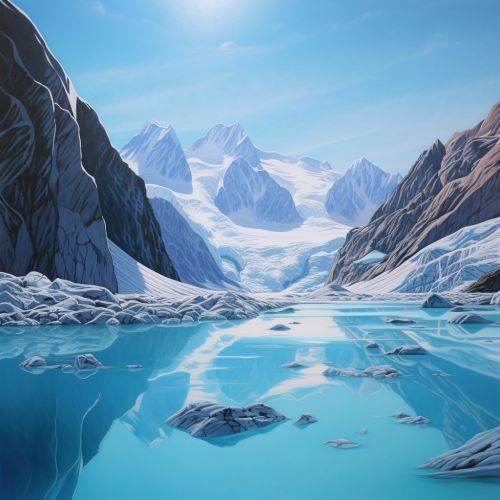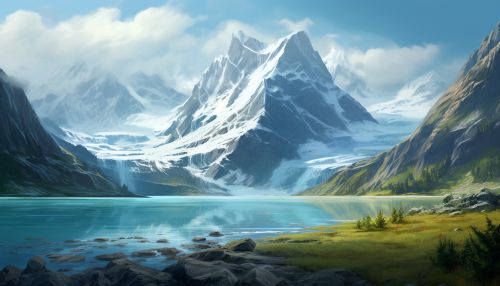The Science of Glacier Dynamics and Sea Level Change
Introduction
Glacier dynamics and sea level change are interconnected aspects of the Earth's climate system. The study of these phenomena, often referred to as the science of glacier dynamics and sea level change, involves understanding the physical processes that govern the movement of glaciers and the factors that contribute to changes in global sea levels. This field of study is critical for predicting future sea level rise and its potential impacts on coastal communities and ecosystems.
Glacier Dynamics
Glacier dynamics refers to the study of how glaciers move. This movement, or flow, is primarily driven by the force of gravity acting on the ice. The rate of glacier flow can be influenced by several factors, including the temperature and density of the ice, the slope of the terrain, and the amount of water at the glacier bed.
Formation and Movement of Glaciers
Glaciers form when snow accumulates over time, compresses into ice, and becomes thick enough to flow under its own weight. This process, known as glaciation, can take hundreds to thousands of years. The movement of a glacier is a slow but constant process, often measured in meters per day.
Factors Influencing Glacier Flow
The rate of glacier flow is influenced by several factors. The temperature of the ice plays a significant role, with warmer ice flowing more quickly than colder ice. The density of the ice, or how tightly the ice crystals are packed together, can also affect the rate of flow. Additionally, the slope of the terrain over which the glacier is moving can influence its speed, with steeper slopes leading to faster movement.
Sea Level Change
Sea level change refers to the rise or fall in the average level of the world's oceans. This can be caused by a variety of factors, including changes in the volume of water in the oceans, changes in the shape of the ocean basins, and the movement of land masses.
Causes of Sea Level Change
There are several factors that can cause sea level change. One of the primary causes is thermal expansion, which occurs when water expands as it warms. Another major cause is the addition or removal of water from the oceans, which can occur through the melting or growth of glaciers and ice sheets.
Impact of Glacier Melt on Sea Level
When glaciers melt, the water that was previously locked up in the ice is released into the oceans, contributing to sea level rise. This process is known as eustatic sea level rise. The rate at which glaciers are melting and contributing to sea level rise is a key area of study in the science of glacier dynamics and sea level change.
Interaction between Glacier Dynamics and Sea Level Change
The interaction between glacier dynamics and sea level change is complex and multifaceted. Changes in glacier dynamics can lead to changes in sea level, and vice versa. For example, an increase in the rate of glacier melt can lead to a rise in sea level. Conversely, a rise in sea level can lead to changes in the dynamics of glaciers, particularly those that terminate in the ocean.
Future Predictions and Implications
Understanding the science of glacier dynamics and sea level change is crucial for predicting future changes in sea level and their potential impacts. Predictions of future sea level rise are based on a variety of factors, including estimates of future greenhouse gas emissions, the response of glaciers and ice sheets to warming, and the rate of thermal expansion of seawater.
See Also


